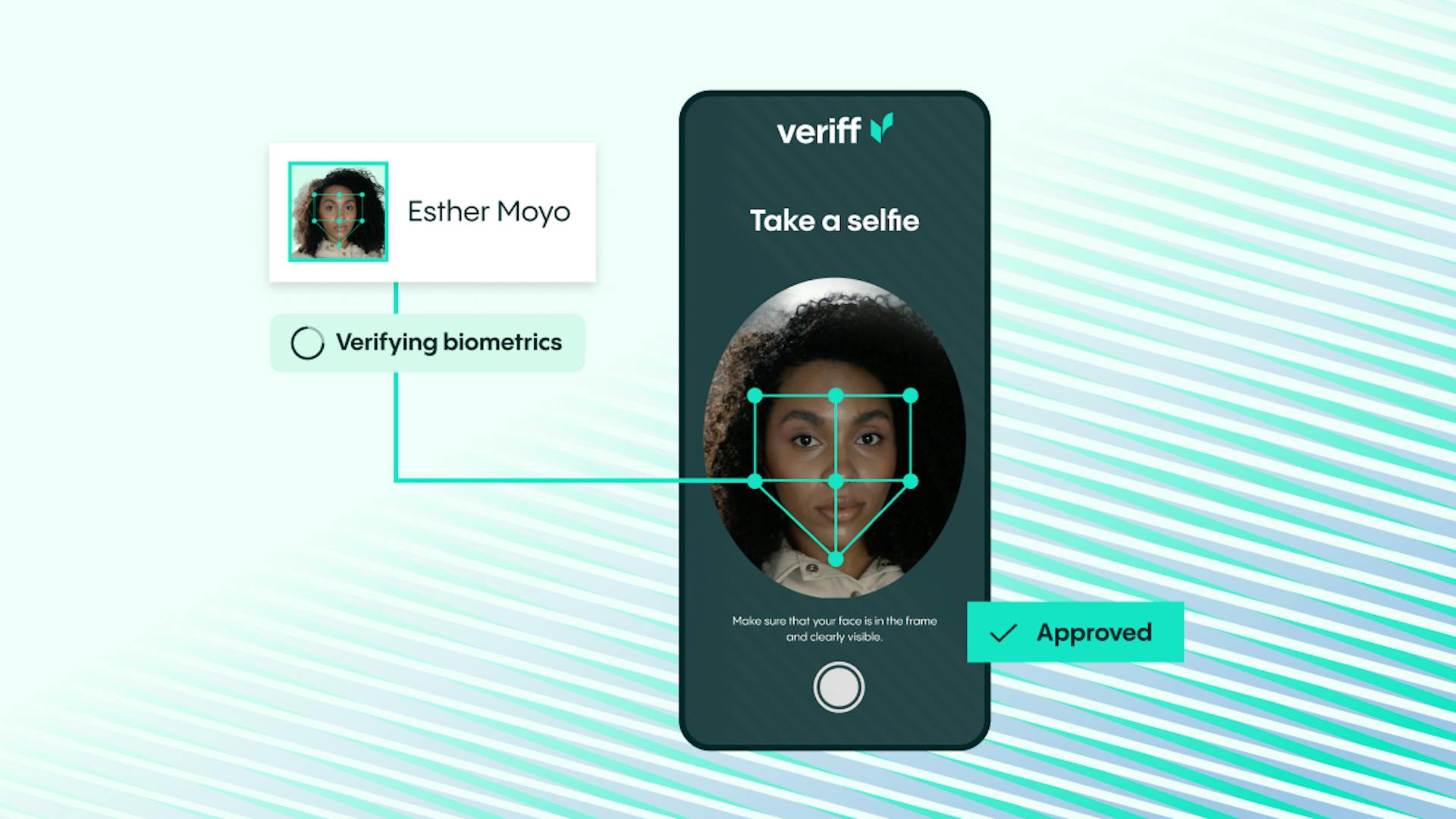Using biometric authentication for payments
Although people primarily think about the benefits of biometrics from the perspective of the customer, biometric payment systems also provide a number of benefits for businesses, including increased security and lower administrative costs.

When using biometric authentication for payments, businesses are able to use technology that identifies a user based on their physical characteristics. Once the customer has been identified, the technology authorizes the deduction of funds from a customer’s bank account.
Although fingerprint recognition is the most common biometric payment method, other types of biometric data used for the purpose include:
- Iris recognition
- Retina recognition
- Face recognition
- Voice recognition
Benefits of using biometric payments for business
Although people primarily think about the benefits of biometrics from the perspective of the customer, biometric payment systems also provide a number of benefits for businesses, including:
- Increased security: By asking a customer for a biometric identifier rather than their PIN, your business can improve confidence in your security systems. This is because it’s much more difficult for hackers and fraudsters to steal and use biometric identifiers than it is to steal and abuse passwords and PINs
- Enable a seamless customer experience: By lessening your reliance on PINs and passwords, you can increase efficiency and improve customer satisfaction levels. The process is also more convenient and faster for the user, who no longer needs to remember complex passwords
- Reduced administrative costs: Although PINs may seem like a low-cost option, banks spend a lot of time and money posting out new PINs, resetting PINs for lost cards, and verifying customer identities. In contrast, by using biometric identifiers, financial services institutions can significantly reduce their paperwork burden and optimize processes
- Futureproof your establishment: By employing the use of biometric authentication for payments, you can diversify the payment methods you offer and ensure you stay one step ahead of your competitors. As customers increasingly pivot towards contactless payments, adding biometric authentication to your options can help you stand out from the crowd
How to get started with biometric authentication
In order to get started with biometric authentication, your business first needs to understand which form of biometrics it would like to employ. Popular examples of biometrics that can be used for payment purposes include iris scans, face scans, and fingerprint scans.
Once you’ve determined which biometric identifier is best for your business, you then need to:
- Assess the security risks, privacy concerns, and performance features associated with this form of biometric authentication for payments. Once you’ve found a provider, their documentation can help with this. However, you should also do your own independent research
- Once you’ve selected a solution and a provider, you must then provide guidance to your users on the use of biometrics. You should explain why you’ve chosen to use biometrics, the security risks associated, how you’re managing these security risks, and how data will be stored and used
- Finally, before you deploy your chosen system for the first time, you must ensure that you have proper fallback mechanisms in place, such as device PINs and passwords - these must be accurately configured, and security policies should be enforced
How do biometric payments work?
In store, a biometric solution such as a fingerprint scanner would work in the following way:
- The customer registers for a biometric payment card program. To do this, they must present valid identification and bank account information
- Once registered, the customer scans their index finger using a finger scan reader
- The finger scan reader encrypts multiple point-to-point measurements of the fingerprint and stores the customer's biometric data and banking information in a centralized database
- When paying for goods, the customer now has the option to use biometric authentication for payments. If they choose this option, they scan their finger at the checkout register with the store's electronic reader and enter their PIN
- The electronic reader compares the data from the new scan to the encrypted data in the database and either approves or declines payment authentication. If approved, the funds are electronically transferred from the shopper's account to the merchant
How Veriff supports biometric authentication
Here at Veriff, we’re experts in biometric verification. For this reason we’ve developed our own class-leading biometric authentication solution.
With the help of our AI-powered reverification tool, you can go passwordless and secure accounts easily. For your customers, gaining access to their account is as fast and easy as taking a selfie.
By using facial biometrics, you can enable the simplest and most secure authentication experience. Any user’s identity can be authenticated in only a second and the experience is 100% automated. Plus, 99% of users are authenticated on the first try thanks to assisted image capture and the system is 99.99% accurate.
Speak with the biometric authentication experts at Veriff
Interested in discovering more about our biometric authentication solutions? Get in touch with our experts today. We’d love to provide you with a free and personalized demo that shows exactly how we can help you.


